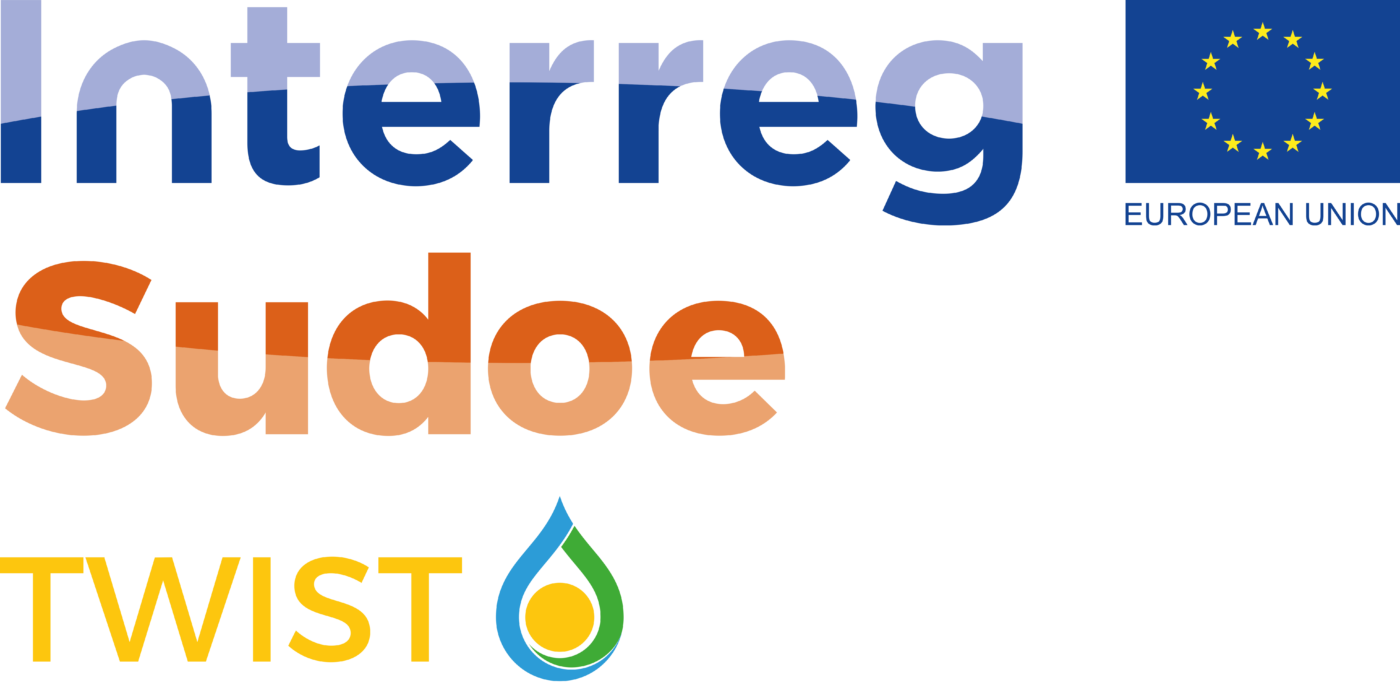GT 1.1 Identification of actors and innovation projects on the water sector
Type of offer: Report
Partners involved: IST; ISA; OIEAU; CENTA; UNILIM
Task GT1.1 aims to identify the regional actors inside the water sector and the existing R&D&I projects. It will work as a database of potential beneficiaries from TWIST project and their interest to collaborate in R&D&I projects related to the water sector.
As a basis to establish contacts with the regional agents, this database is relevant to spread TWIST achievements and to promote the definition of a common innovation strategy for the water sector. The objective of this task was achieved in a two-step process: first by identifying relevant actors through information available online and from internal knowledge of participants in the project (building the database), and secondly by creating and disseminating an online questionnaire about the innovation process to be answered by regional stakeholders identified in the previous step.
Task GT 1.1 allowed a better understanding of the innovation status inside the water sector in Portugal, Spain and France. It was concluded that institutions, in all the three countries, have the interest to keep developing innovative processes, technologies, tools and strategies. Based on the reported answers, it is clear that the water sector demonstrated to be aware of the recent challenges to achieve a sustainable future and the impacts of climate change.
New strategies, technologies and tools are needed to face the identified challenges and institutions are clearly interested in participating in their development. The nexus water-energy was clearly highlighted by most water institutions. Energy conservation and recovery in the water sector is a top priority. Storm water management was also highlighted. However, the nexus should be extended to water-energy-food because nutrient recycling is also an issue pointed by research institutions and circular economy is a common goal in the European Union.
A common obstacle to innovate was reported, the lack of funding to R&D&I projects and innovative financing models are envisaged. The disconnection between enterprises and research institutions is also reported as a common obstacle in the three countries.
Click here to download the report.
Contact person: Ana Galvão

